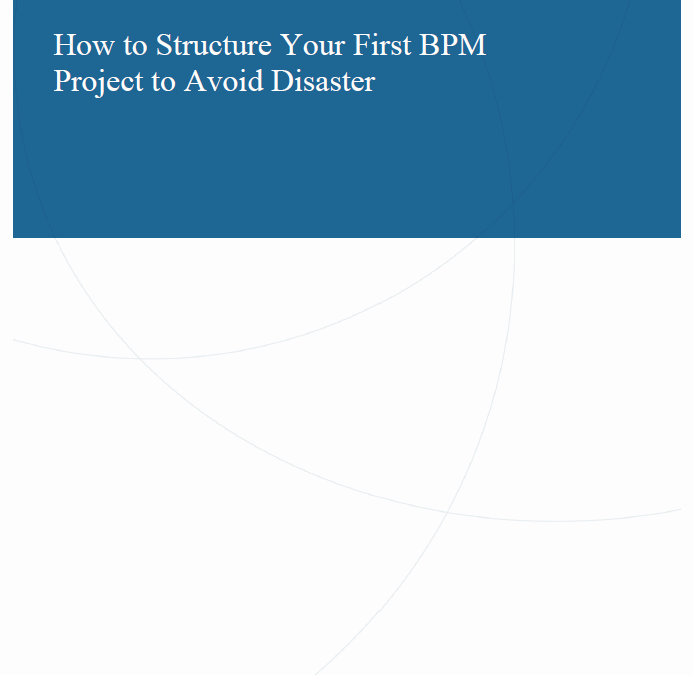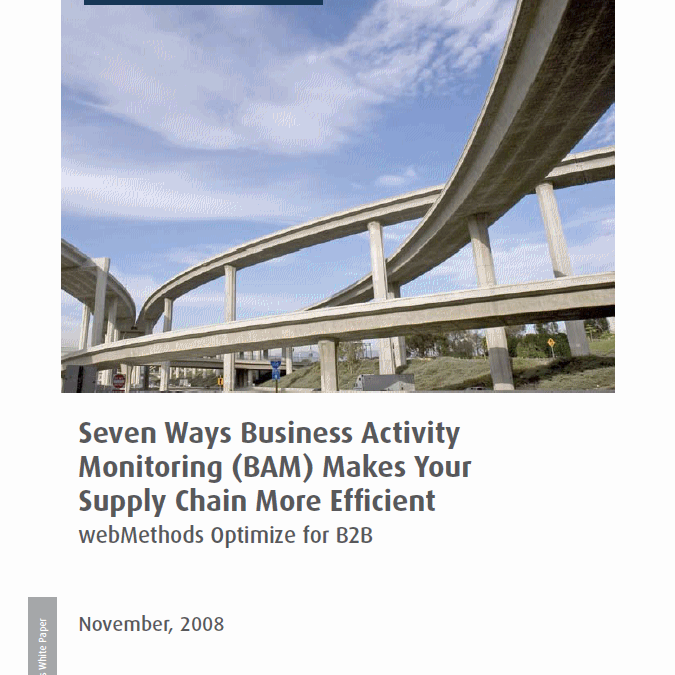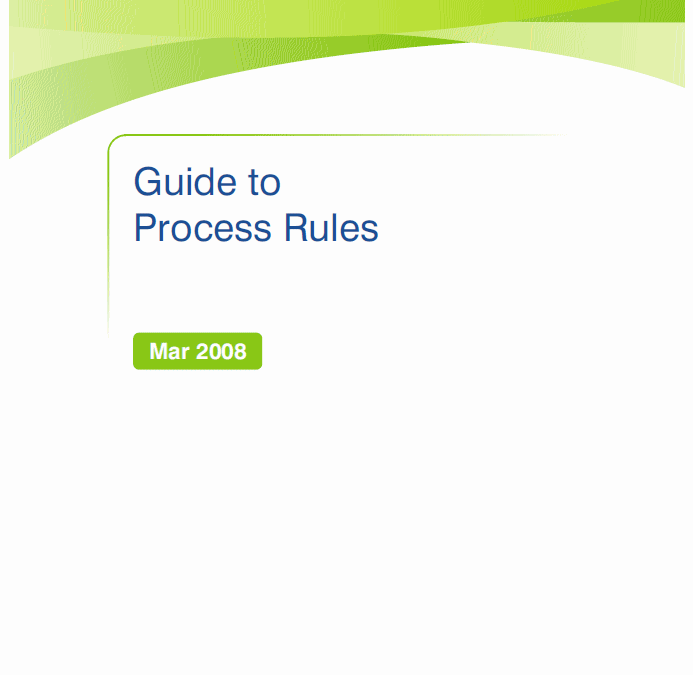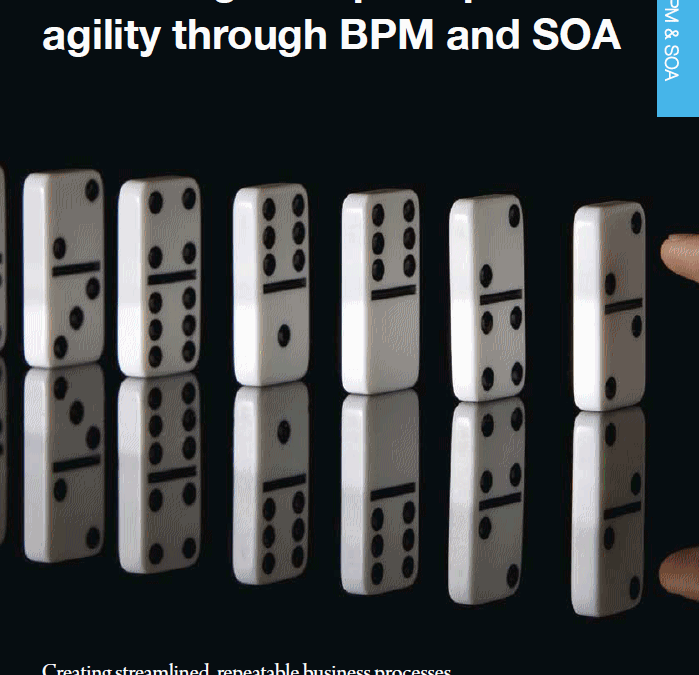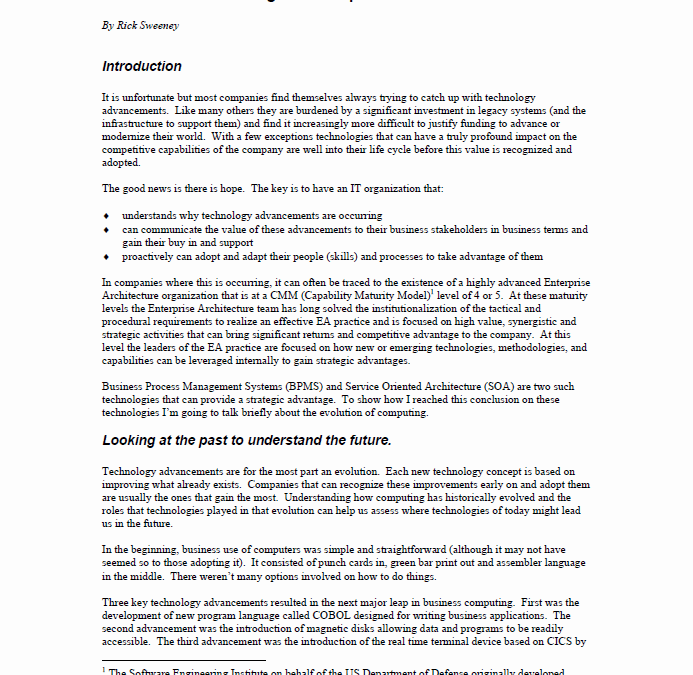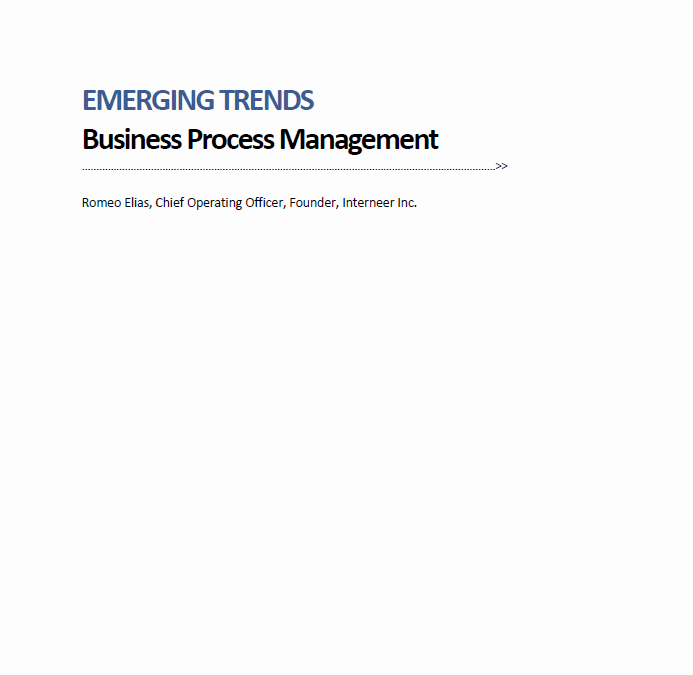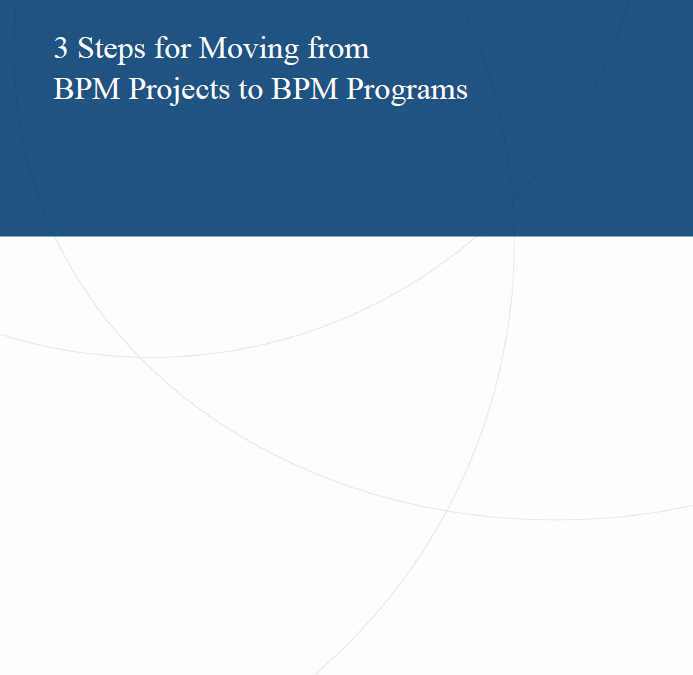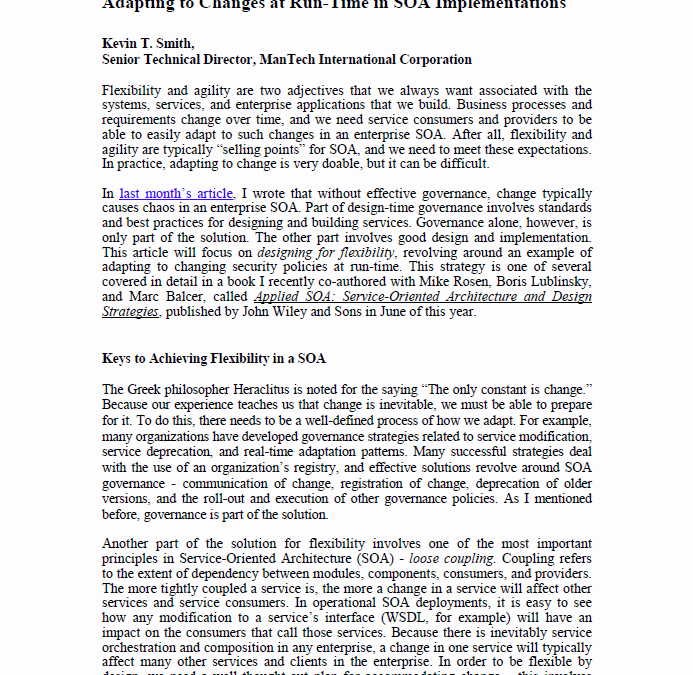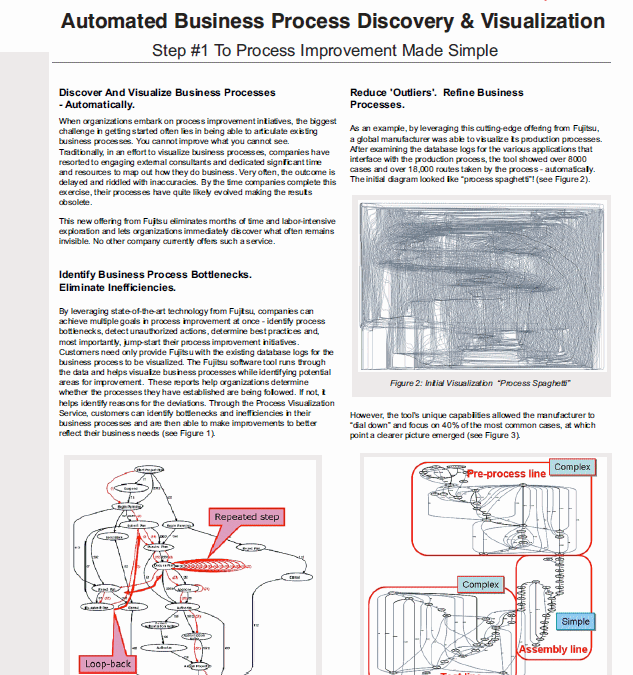Many companies have been able to realize significant value with rapid returns by driving process improvement with BPM. However, structuring your first BPM project for success is extremely important in a long term BPM strategy. This paper is intended to give you some helpful advice in order to structure your first BPM project for success … and avoid disaster. We provide 4 specific recommendations to help you and your organization establish a solid foundation for your first BPM project.
